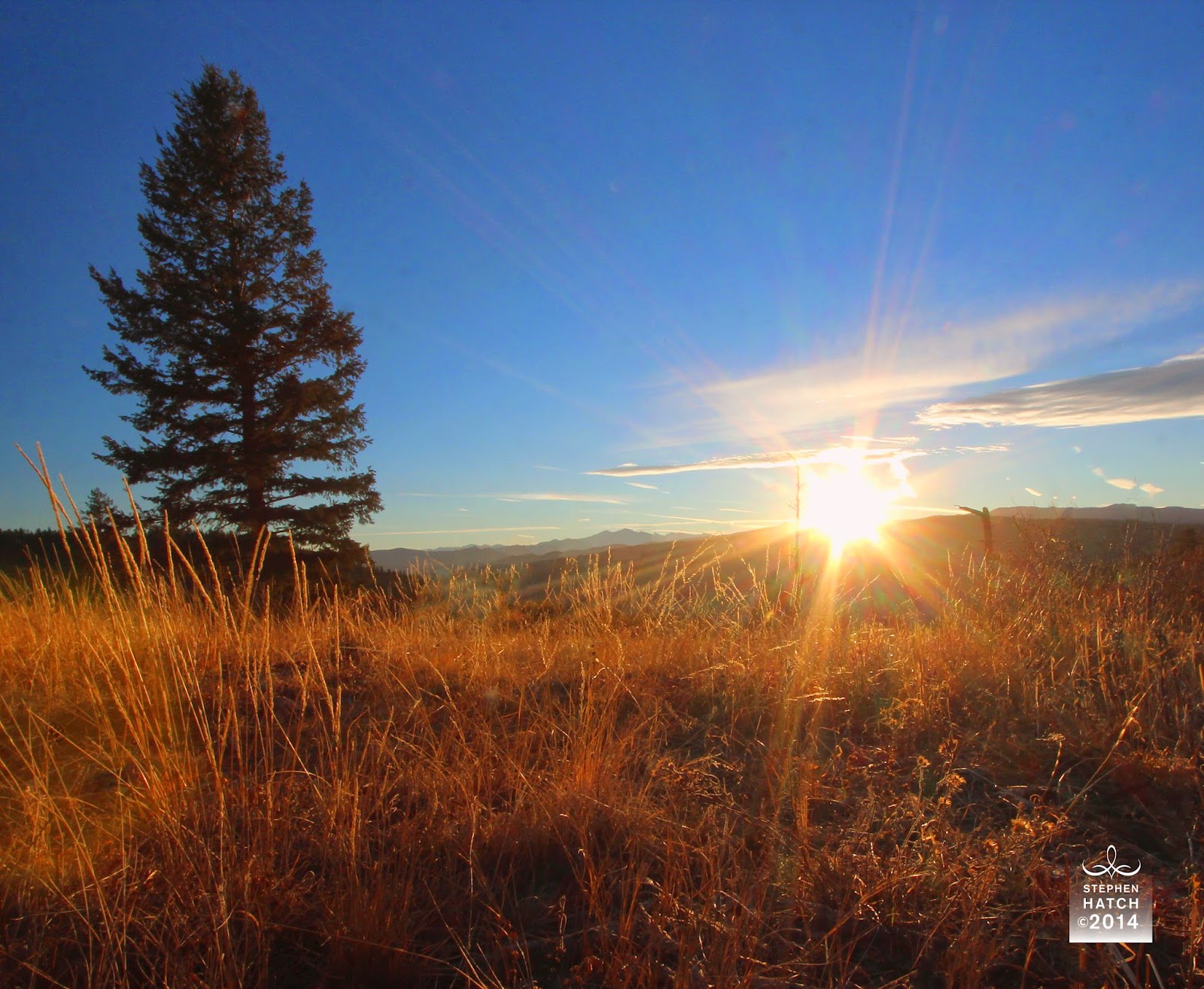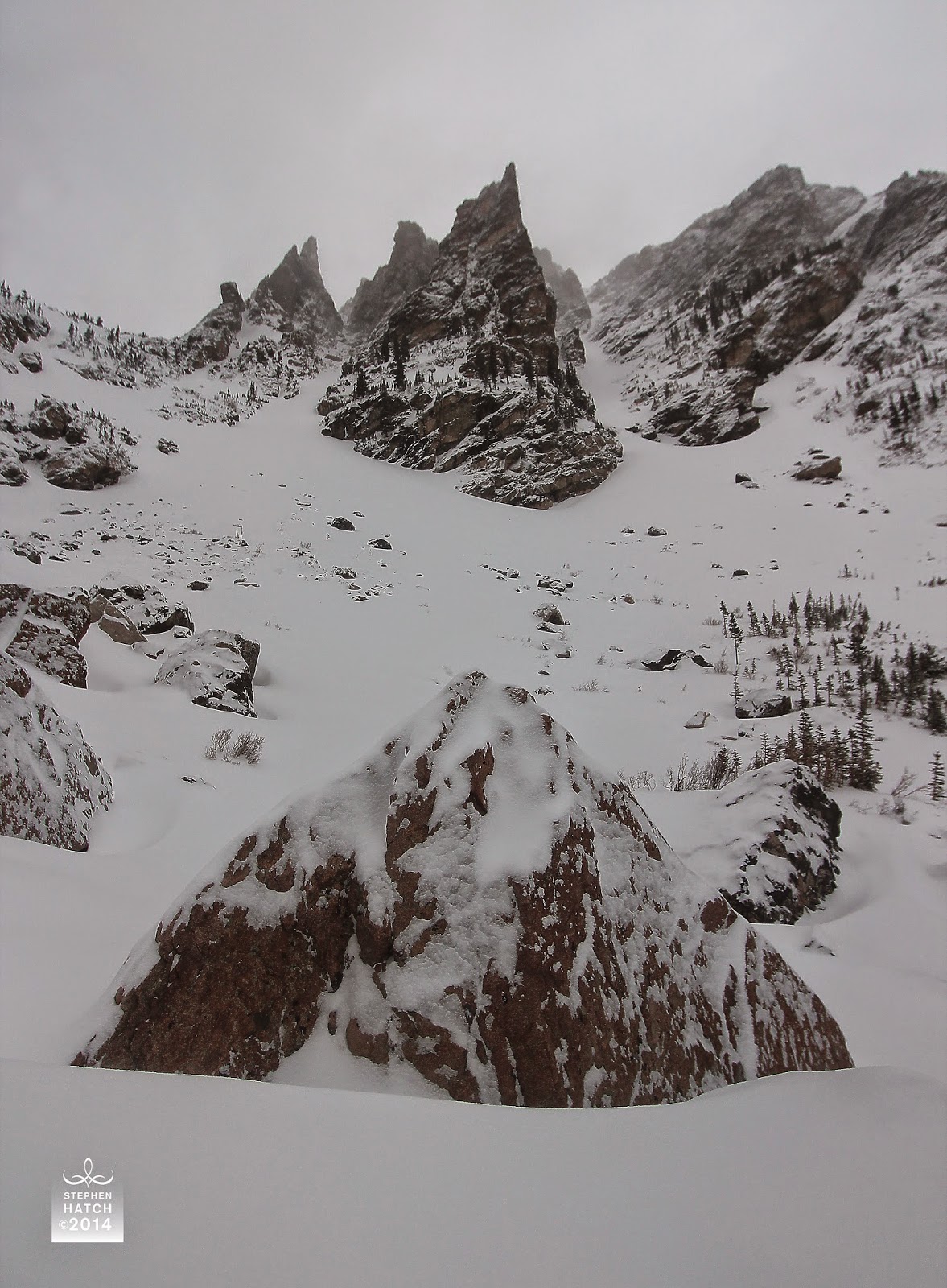When we cause suffering to someone - whether intentionally or
unintentionally - we do it because we are acting from an enclosed,
constricted, and narrow worldview. In other words, we've failed to
extend our identity beyond our own ego to include the perspective of the
other person, culture, landscape or species whom we've wronged.
However, once we become aware of the suffering we've caused, our
tendency then is to obsessively beat ourselves up internally for the
offense, th
inking this will then make things right again.
However, castigating ourselves is actually simply another form of the
constricted mindset that caused us to inflict the suffering in the first
place! All acts of self-castigation - together with the associated
feelings of guilt that afflict us so intensely - are, in truth, just as
constricted and narrow as the mindset that caused the original offense!
For ALL forms of constriction are, it turns out, innately egoic and
imprisoning. As such, they are actually the antithesis of true
spirituality, which is inherently open, free and spacious.
Psychologically-speaking, the crippling guilt we inflict upon ourselves
is even more egoic than the original mindset that caused the wrong in
the first place because it has such a tight, heavy, claustraphobic,
leaden, oppressive feel to it. It is, in fact, this oppressive
tightness that is the very definition of "ego."
My spiritual
mentor, Thomas Keating, used to remind me that when we do something
wrong, only the original "prick" of conscience can be considered
spiritual. Any obsessive feelings of guilt and self-castigation that
follow should be regarded as they really are - as "temptations" to be
released. For me, the liberating thing is to realize that both the
original wrong AND the crippling guilt we feel afterwards arise from the
SAME tight, constricted, egoic state of consciousness. The solution is
to do what we can to right the wrong, move beyond the constricted
worldview that caused it in the first place, AND release the leaden
sense of guilt as well, allowing both the offense and the resulting
guilt to become a transparent window through to the Light and
Spaciousness of the Divine Self in which BOTH constrictions can open and
then dissolve! And THAT, I know for a fact, is TRUE liberation :)
Photo: Sunlight shining through a twin-topped Subalpine Fir at
treeline, with Niwot Ridge in the background, Indian Peaks Wilderness,
CO, January 26, 2015 #NaturePhotoQuotes #StephenHatch

















































